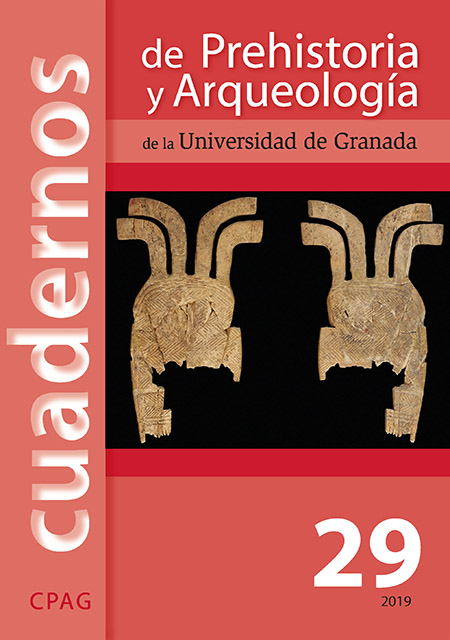LATE MEDIEVAL AND EARLY MODERN BONE AND ANTLER WORKING IN THE VILNIUS CASTLE COMPLEX
Main Article Content
Vol. 29 (2019), Monograph, pages 187-201
Submitted: Jul 2, 2019
Published: Nov 13, 2019
Abstract
Much bone and antler working debris was found from the territory of the Vilnius Castle complex. The bone working debris is rather standardised; most common are sawn off epiphyses of metapodials. Cattle bones prevail among the working waste, metatarsals being much more numerous than metacarpals. Antler working waste is not as standardised as the bone working waste. All parts of antlers are represented in the waste, including both elk antlers and red deer antlers. Shed antlers as well as antlers of hunted animals were used. Presumably the craftsmen working in the Vilnius castles were not specialised in bone or antler working, but used several materials and were rather specialised in the types of products they made.
Keywords:
Medieval and Early Modern Period, Lithuania, Vilnius Castle Complex, Skeletal Materials, Bone and Antler Working
Downloads
Download data is not yet available.
Article Details
How to Cite
Luik, H., Piličiauskienė, G., & Blaževičius, P. (2019). LATE MEDIEVAL AND EARLY MODERN BONE AND ANTLER WORKING IN THE VILNIUS CASTLE COMPLEX. Cuadernos De Prehistoria Y Arqueología De La Universidad De Granada, 29, 187–201. https://doi.org/10.30827/cpag.v29i0.9772



